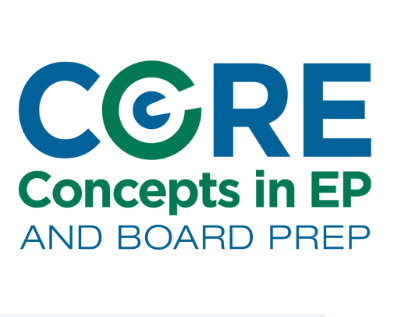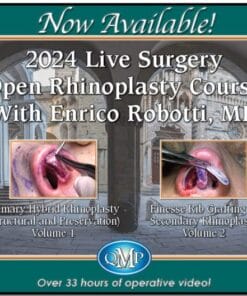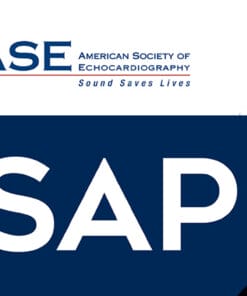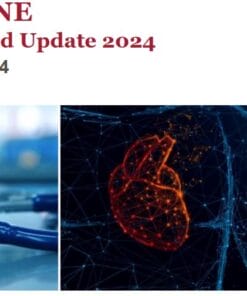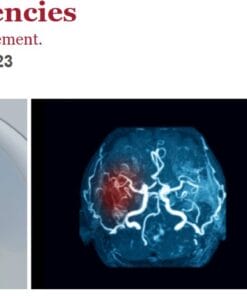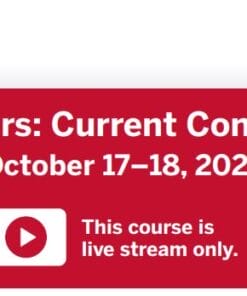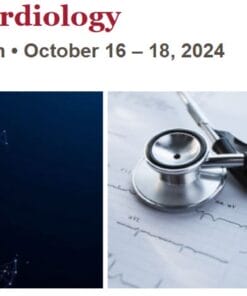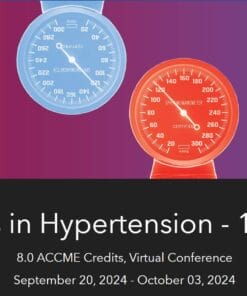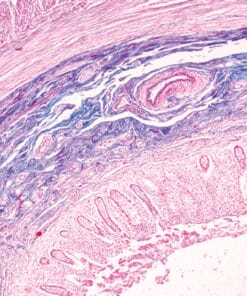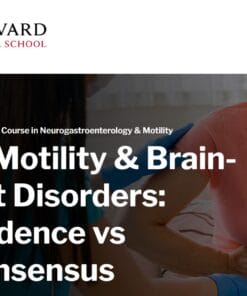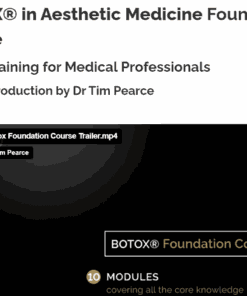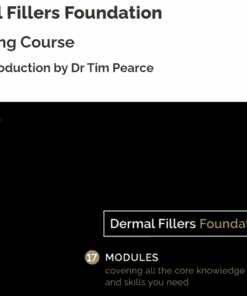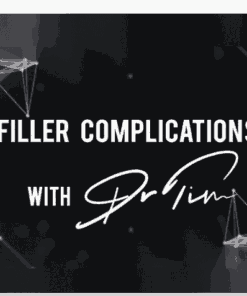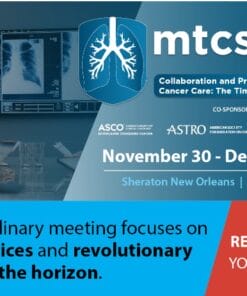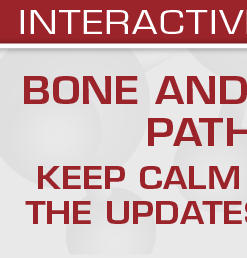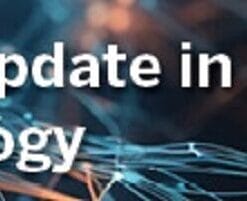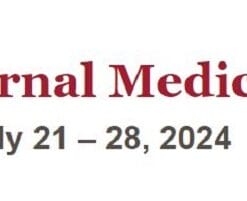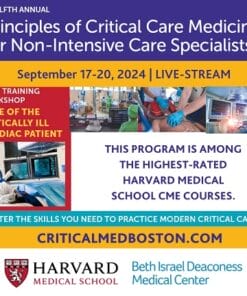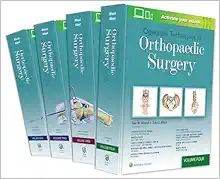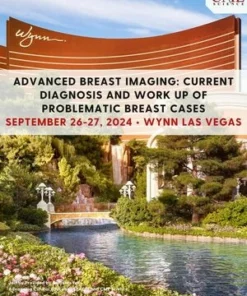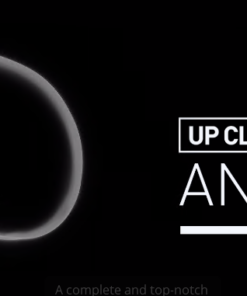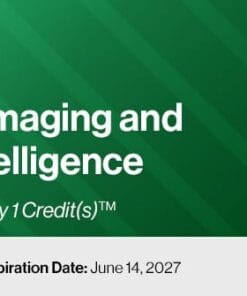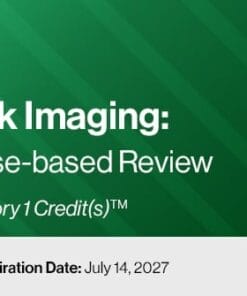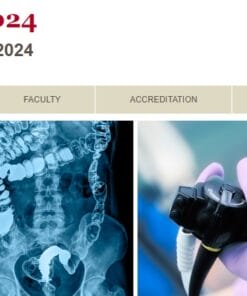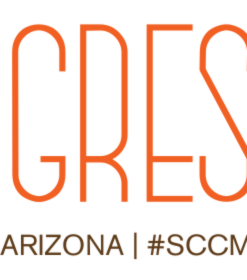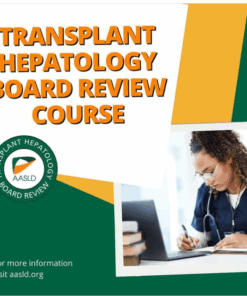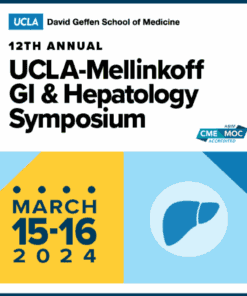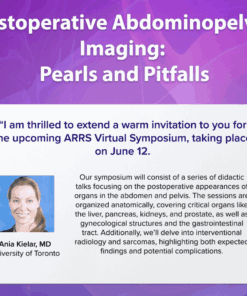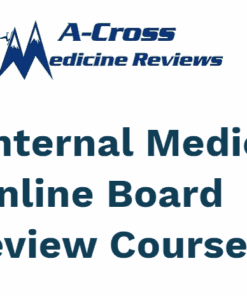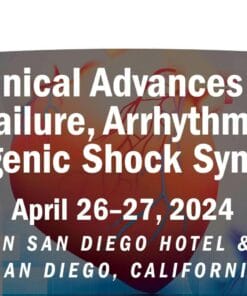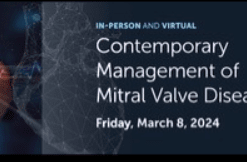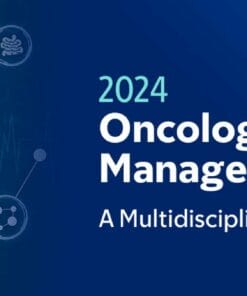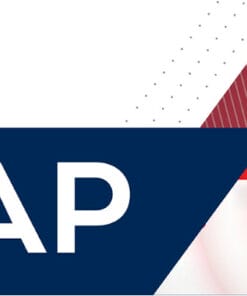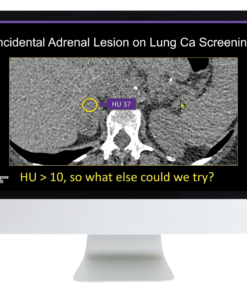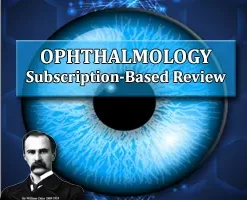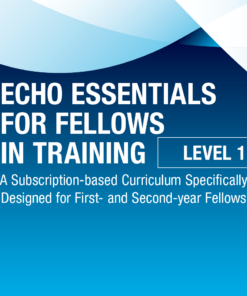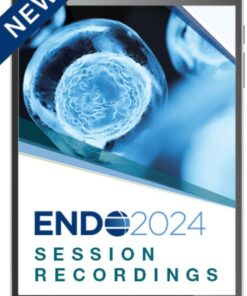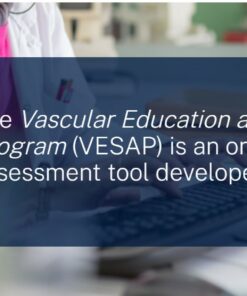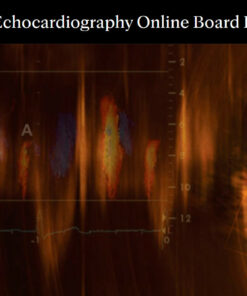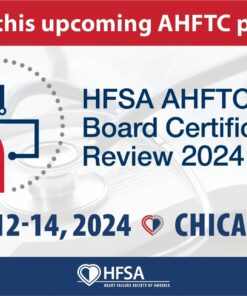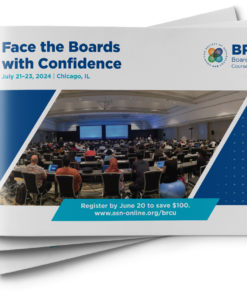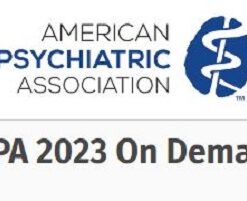Core Concepts in EP 2023- Board Prep and Self Assessment (Course)
150 $
Format : 400 MP4 + 208 PDF files
File Size : 11.66 GB
This course is designed for those preparing for the CCEP Exam and covers essential EP curriculum, including basic electrophysiology, pharmacology of antiarrhythmic drugs, catheter ablation, and complications of EP procedures. It features over 20 recorded didactic lectures with nine case-based workshops presented by expert faculty and course directors. The course also includes a 100-question, multiple choice Self-Assessment Exam. Learning objectives include understanding current guidelines related to evaluation and management of patients with cardiac rhythm disturbances, interpreting complex electrophysiologic and electrocardiographic tracings, and understanding different methods of safely accessing the left atrium with transseptal techniques and pericardial space for electrophysiologic procedures, among others.
Core Concepts in EP 2023 – Board Prep and Self Assessment (Course)
Introduction: The Core Concepts in EP and Board Prep course is a comprehensive and indispensable tool designed for healthcare professionals preparing for the CCEP Exam. Evolved from the Society’s highly regarded Board Review Course, this program aims to establish a solid foundation of electrophysiology (EP) knowledge while providing expert guidance for exam readiness.
Key Features:
- Expert Faculty: Renowned faculty and course directors present over 20 recorded didactic lectures and nine case-based workshops, delivering in-depth coverage of the essential EP curriculum.
- Comprehensive Curriculum: The course covers fundamental topics, including basic cardiac and intracardiac electrophysiology, pharmacology of antiarrhythmic drugs, noninvasive testing for arrhythmias, atrial and other supraventricular tachycardias, catheter ablation, implantable cardioverter defibrillators, cardiac pacing, intracardiac ultrasound in EP, transseptal catheterization techniques, and pericardial access for epicardial mapping and ablation.
- Self-Assessment Exam: Participants will benefit from a 100-question, multiple-choice Self-Assessment Exam, available for immediate access upon enrollment, allowing for individual evaluation and knowledge reinforcement.
Learning Objectives: At the end of the course, participants will be able to:
- Describe the current guidelines related to the evaluation and management of patients with cardiac rhythm disturbances.
- Explain the role of electrophysiologic testing in managing patients with bradyarrhythmias and tachyarrhythmias.
- Identify the advantages and limitations of diagnostic electrophysiologic methods.
- Recognize the role of pharmacologic and non-pharmacologic therapies for the treatment of arrhythmias.
- Understand the basic electrophysiology and genetics of inherited conditions associated with cardiac arrhythmias.
- Identify the clinical, electrocardiographic, and electrophysiologic characteristics of specific cardiac arrhythmia syndromes.
- Interpret complex electrophysiologic and electrocardiographic tracings.
- Analyze stored electrograms from pacemakers and ICDs.
- Understand the role, utility, and limitations of imaging (fluoroscopy, intracardiac echocardiography, electroanatomic mapping) in electrophysiologic procedures.
- Demonstrate knowledge of different methods of safely accessing the left atrium with transseptal techniques and the pericardial space for electrophysiologic procedures.
- Describe potential complications of electrophysiologic procedures, their prevention, and management strategies.
Target Audience: This course is tailored for healthcare professionals specializing in electrophysiology, including electrophysiologists, cardiologists, and fellows preparing for the CCEP Exam. It is also valuable for those seeking to enhance their understanding of EP concepts and practices.
Conclusion: The Core Concepts in EP and Board Prep course offers a comprehensive and well-structured approach to mastering the essential knowledge and skills in electrophysiology. With a distinguished faculty, in-depth lectures, and case-based workshops, participants will gain the necessary expertise to manage cardiac rhythm disturbances effectively. The inclusion of a self-assessment exam ensures individualized learning and enhanced exam readiness, making this course an invaluable resource for all EP practitioners.
Program Details
Welcome and Overview of Course
Board Prep
- Strategies for Success: Preparing for the Boards
- Testable Concepts
Module I: Basic Science and Fundamentals of Electrophysiology
- Basic Electrophysiology Principles for the Clinician
- Inherited Ion Channelopathies
- Sinoatrial and Atrioventricular Nodes and His-Purkinje System: Anatomy, Evaluation, Autonomics and Therapy
- Retrograde Conductions
- Workshop #1: Electrocardiographic/Electrophysiologic Correlations
- Physiology and Conduction
- Basic Science and Channelopathies
- Basic Science
Module II: Invasive Diagnosis and Treatment
- Use of Overdrive Pacing/Entrainment in Supraventricular Tachycardia
- Principles of Entrainment: Ventricular Tachycardia
- Techniques of Differentiating SVT Mechanisms: Part I
- Techniques of Differentiating SVT Mechanisms: Part II
- Workshop #2: Entrainment and SVT Maneuvers
- SVT Maneuvers Cases
- Entrainment Cases – VT
- Entrainment Cases – SVT
- Catheter Ablation of Atrial Tachycardia and Typical Atrial Flutter
- Physiology, Mapping and Catheter Ablation of Accessory Pathways
- Workshop #3: SVT Mechanisms/Maneuvers
- Physiology of Catheter Ablation of AV Nodal Reentrant Tachycardia
- Special Workshop: 12 Lead ECG for PVC and VT Localization
Module III: Invasive Diagnosis and Treatment
- Ventricular Tachycardia: Ischemic and Nonischemic Cardiomyopathy and other Unique VT Syndromes
- Workshop #4: SVT and VT Invasive/Noninvasive Correlation
- Wide Complex Tachycardias: Idiopathic VTs, Bundle Branch Reentry, Antidromic Tachycardias – Mechanisms, ECG Manifestations, Invasive Assessment and Ablation
- Workshop #5: Invasive/Noninvasive Correlation
Module IV: Noninvasive Diagnosis and Treatment
- Antiarrhythmic Drugs: Part I
- Antiarrhythmic Drugs: Part II – Case Scenarios
- Workshop #6: Electrocardiographic/Electrophysiological Correlations
- Mechanisms, Pharmacologic, and Non-Pharmacologic Treatment of Atrial Fibrillation
- Biophysics of Catheter Ablation
- Workshop #7: Electrocardiographic/Electrophysiological Correlations, Atrial Fibrillation, Clinical Scenarios and Syndromes
Module V: Clinical Scenarios/Device Management
- Implantable Devices: Evaluation, Management and Troubleshooting
- Workshop #8: Device Cases
- Workshop #9: Arrhythmia Case Studies/Putting It All Together for the Board
- Testable Concepts
Special Technology Sessions
- Transseptal Catheterization
- Complications of Electrophysiologic Studies – Avoidance and Treatment
- Use of Intracardiac Ultrasound in Electrophysiology Procedures
- Pericardial Access for Epicardial Mapping and Ablation
- Cardiac Conduction System Pacing – Theory and Practice
- Electroanatomical Mapping – Principles and Pitfalls
Related Products
Video Medical




